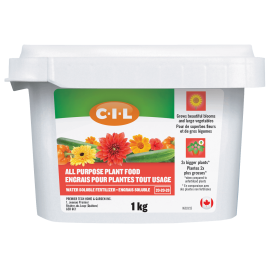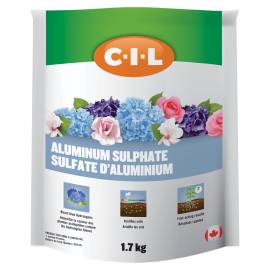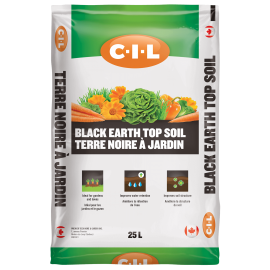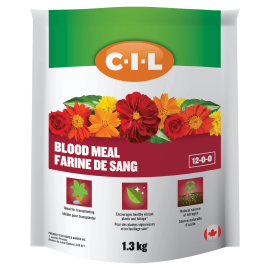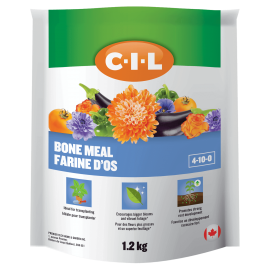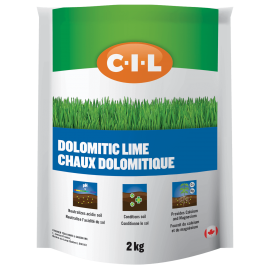How to Grow Tropical Plants Indoors
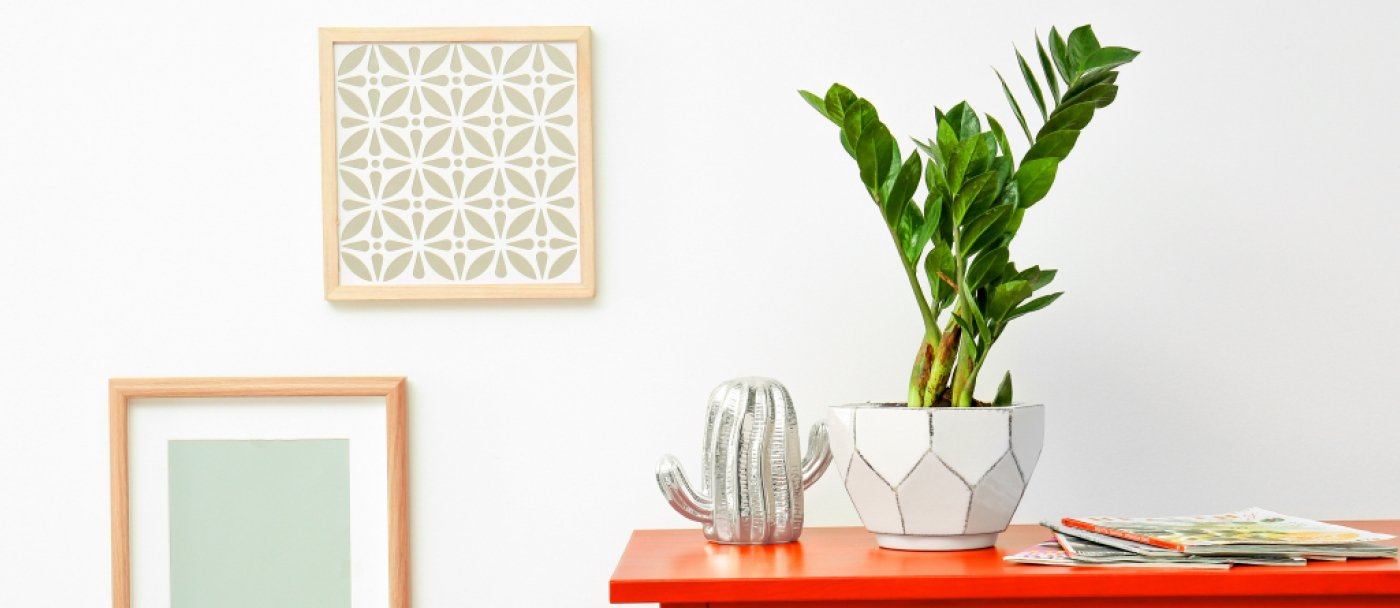
Most houseplants are actually tropical plants grown indoors because they are far too sensitive to tolerate frost in northern climates. Many are native to areas where they grow in the shade of tall trees, which means they do well in moderate household light.
Here are a few basic tips for growing tropical plants indoors:
Water and Humidity
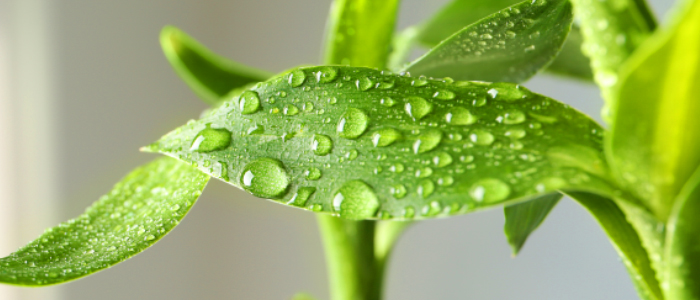
- Most tropical plants prefer their potting mix to be moist, but never soggy. Keep in mind that overwatering is the most common reason when indoor plants die or fail to thrive.
- To determine if it’s time to water, poke your finger into the top 2.5 cm of potting soil. If the potting soil feels moist, wait a few days.
- Tropical plants, by nature, like humid climates, although most are able to adapt to the drier environments in most homes. If you think the air is too dry for your plants, there are a few things you can do to increase humidity. One of the easiest is to use a room humidifier. You can also set each plant on a tray of wet pebbles, or mist the plants lightly every couple of days.
Sunlight and Temperature
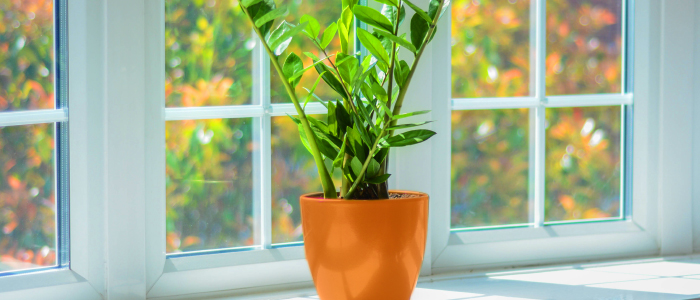
- Light requirements vary substantially from plant to plant. Some tropical plants, such as rubber tree, Chinese evergreen, prayer plant, and some palms, grow in low light and are likely to be burned in intense, direct sunlight. Sun-loving tropical plants include Sago palm, ponytail palm, string of pearls, or croton.
- Tropical plants have ways of letting us know when the light isn’t quite right. For instance, plants may show yellowing leaves, brown tips, or burned-looking spots if the light is too bright. On the other hand, a pale plant or one that is growing long and spindly is attempting to reach for more sunlight.
- Temperature is an important factor for growing tropical plants successfully. The best temperature for most is 21-27 C. during the day and 18 to 21 C. at night. Some tropical plants, including aspidistra and most ferns, do well in cooler temperatures, but never allow temps to drop below 15 C.
Feeding Tropical Plants
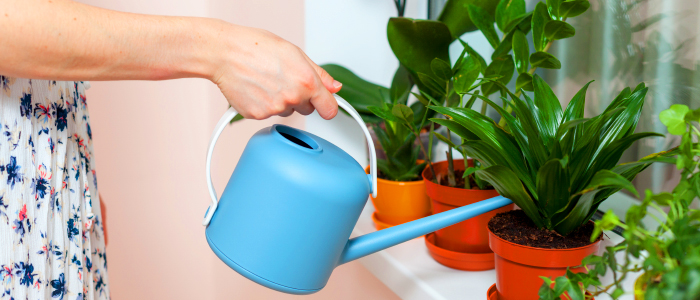
- As a general rule, tropical plants benefit from regular fertilization during the spring and summer. Tropical plants do well with a general-purpose, water-soluble fertilizer diluted to about half the strength recommended on the label. Most tropical plants grow very slowly during fall and winter and need no fertilizer during this time.
